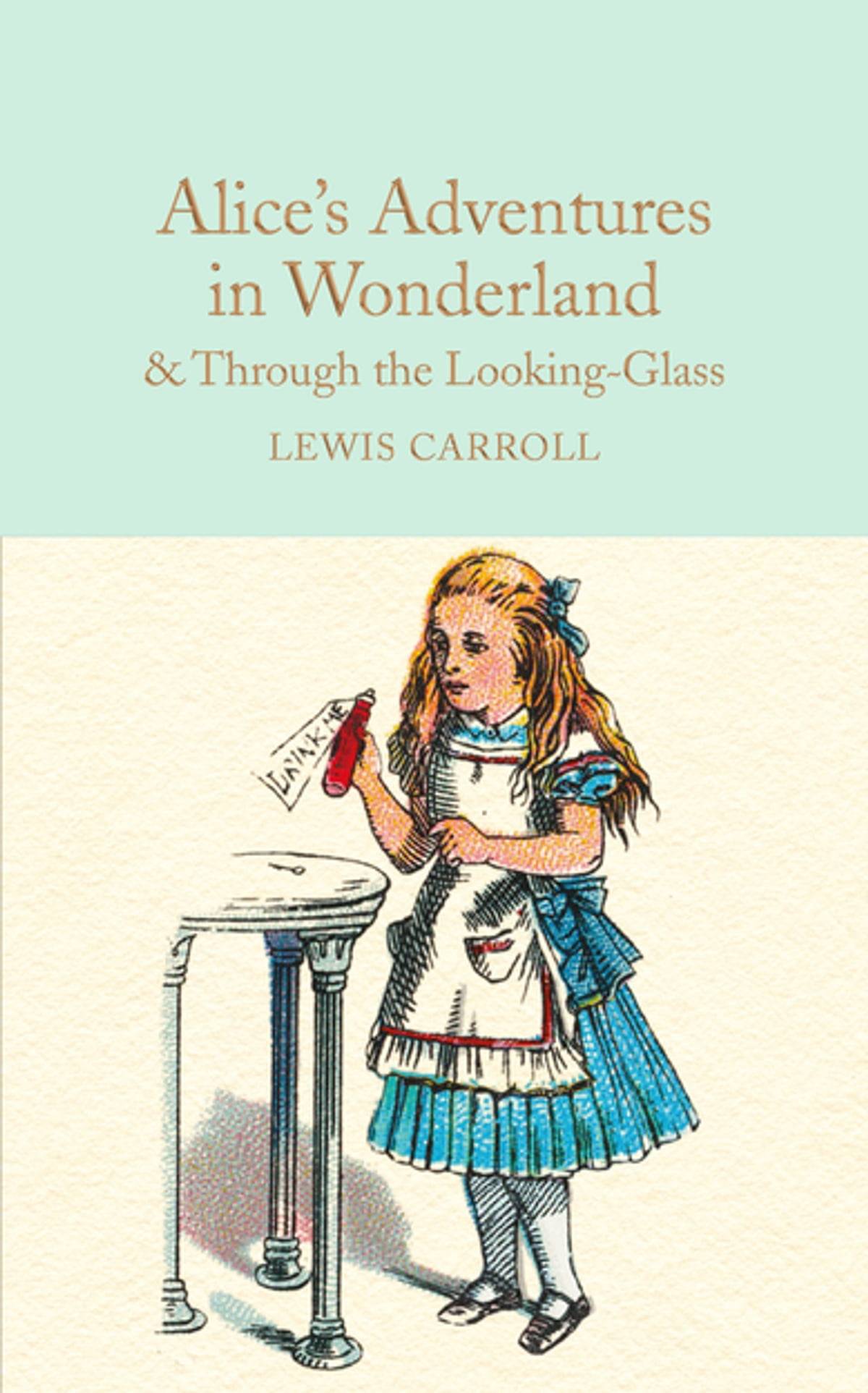Lewis Carroll's "Alice's Adventures in Wonderland" and "Through the Looking-Glass, and What Alice Found There" are not merely children's stories; they're portals to fantastical realms brimming with wordplay, philosophical musings, and the unfettered joy of a boundless imagination.
Our journey begins with Alice, a curious and inquisitive girl, chasing a waistcoat-clad White Rabbit down a seemingly endless hole. This descent plunges her into Wonderland, a topsy-turvy world where logic takes a vacation and the nonsensical reigns supreme. Here, she encounters a menagerie of unforgettable characters: the enigmatic Cheshire Cat with its ever-present grin, the tea-loving Mad Hatter and March Hare forever stuck in a perpetual mad tea party, and the tyrannical Queen of Hearts who decrees "off with their heads!" with alarming frequency.
Alice's interactions with these peculiar beings are a delightful blend of the absurd and the philosophical. Conversations meander through nonsensical riddles and illogical pronouncements, forcing the reader to question the very nature of language and communication. The incessant size changes Alice experiences can be interpreted as a metaphor for the anxieties and uncertainties of growing up. The nonsensical situations can be seen as a commentary on the absurdity of societal rules and expectations.
Yet, amidst the seeming chaos lies a carefully crafted world. Carroll, a mathematician by trade, imbues Wonderland with a surprising logic of its own. The nonsensical conversations often adhere to their own twisted internal rules, and the fantastical creatures, though outlandish, behave with a certain consistency within their own world. This strange juxtaposition of order and disorder creates a sense of wonder and fascination, drawing the reader deeper into the rabbit hole.
Leaving Wonderland behind, Alice embarks on another fantastical journey through a looking-glass. This time, the world on the other side is a reflection of her own, but a reflection warped and distorted. Chess pieces come alive, sentences tumble backward, and nursery rhymes transform into unsettling encounters. Here, Alice meets the capricious Tweedledum and Tweedledee, the forgetful White King, and the domineering Red Queen who demands a race "just to stay in the same place."
"Through the Looking-Glass" delves deeper into themes of identity and memory. As Alice navigates the mirrored world, the lines between reality and reflection blur. The characters she encounters are both familiar and strange, mirroring aspects of herself in distorted ways. The backward-flowing time signifies the inevitable passage of time and the fleeting nature of memories.
The brilliance of Carroll's work lies not just in its fantastical worlds but also in its mastery of language. He delights in wordplay, puns, and invented words like "Jabberwocky" that push the boundaries of language and spark the imagination. Carroll's prose is playful and witty, inviting readers of all ages to join the linguistic games and revel in the sheer joy of words.
"Alice's Adventures in Wonderland" and "Through the Looking-Glass" have transcended the boundaries of children's literature to become cultural touchstones. The characters and imagery have become instantly recognizable – the Cheshire Cat's mischievous grin, the Mad Hatter's nonsensical pronouncements, and the Queen of Hearts' tyrannical reign. Countless adaptations, theatrical productions, and artistic reimaginings continue to draw inspiration from these timeless tales.
These stories are a testament to the power of imagination. They remind us to embrace the curious, to question the established, and to find joy in the nonsensical. They are an invitation to climb through the looking glass, jump down the rabbit hole, and lose ourselves in the magic of Lewis Carroll's extraordinary world.


